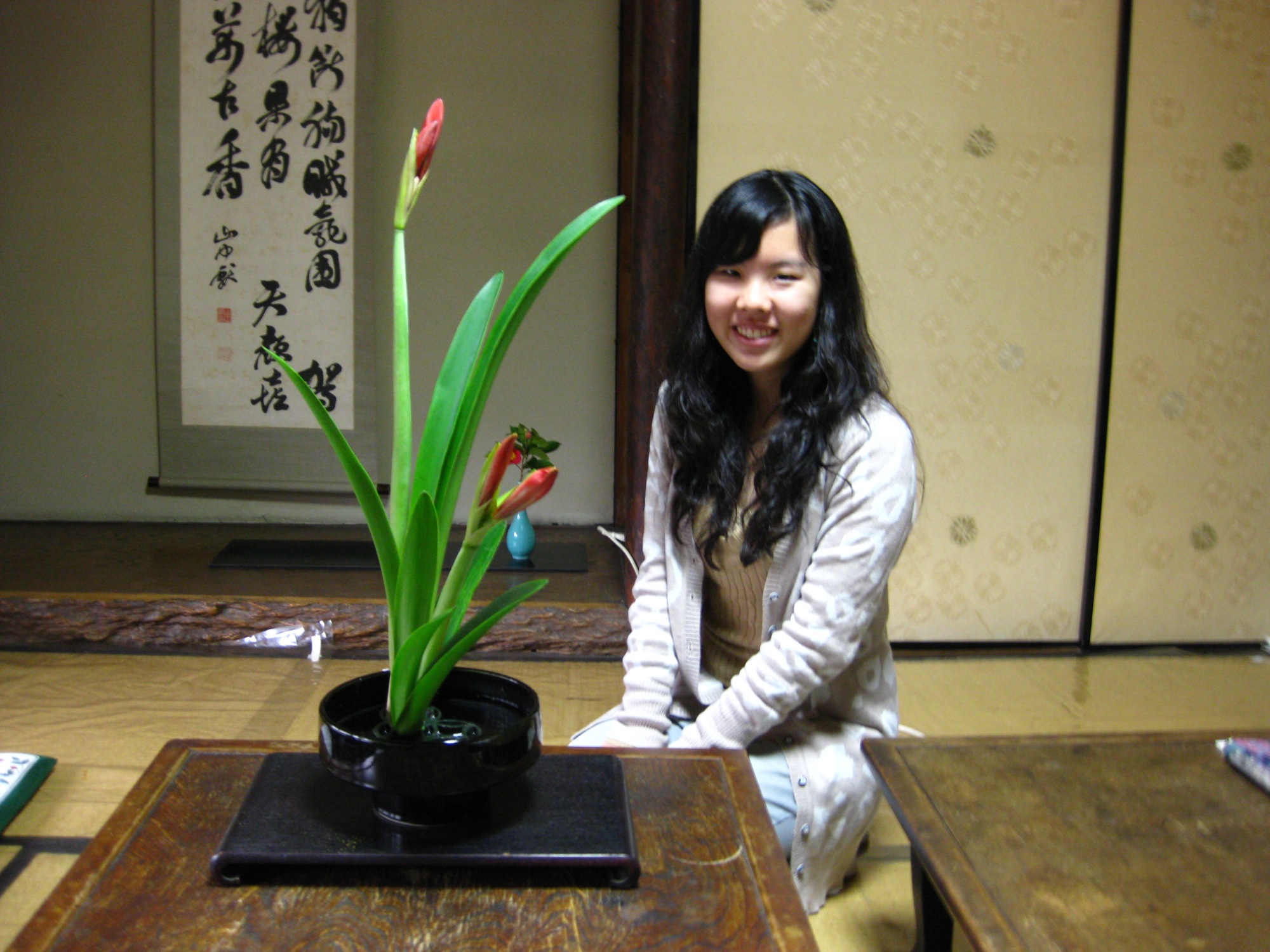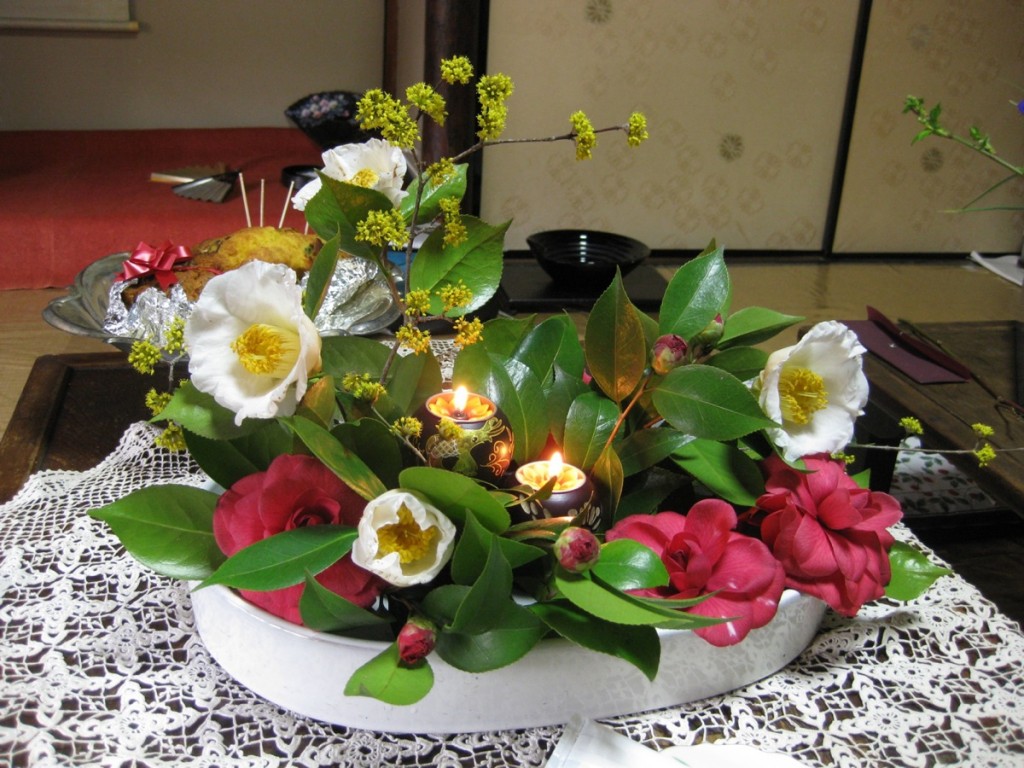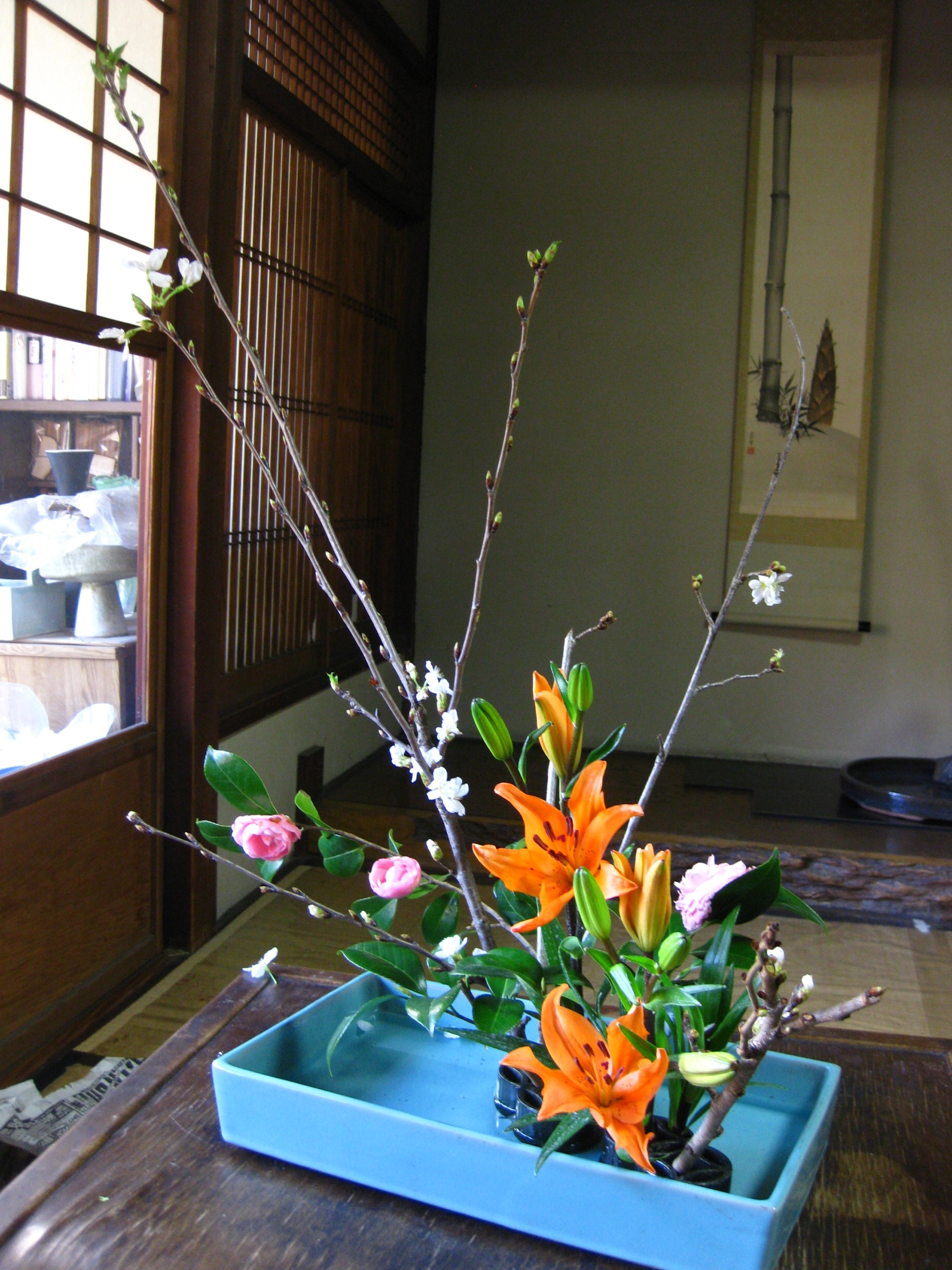My spring semester CIP is, as I said before, working with G-Front Kansai, an organization dedicated to the support of LGBT people in the Kansai area and, by extension, Japan as a whole. At first, the circle was not what I had expected, but I soon came to appreciate the members’ standpoint, their limitations, and their strengths.
My experience with LGBT circles has mostly come from the brief exposure to the GSA that I had during my freshman year in college. Through these student organizations, I had come to expect a more activism-oriented approach to dealing with LGBT problems. However, when I participated in my first LGBT circle meeting here in Japan, I found something very different in the Doshisha LGBT circle. (This post is not about the Doshisha circle, but it is part of the experience.)
The Doshisha circle, for starters, was entirely closed and a complete secret. I am not sure how some of my fellow KCJSers initially discovered it, but I had to be invited by a member who was already in the circle in order to attend their lunch meeting. Although I was not sure what to expect when I arrived, I was simultaneously under- and overwhelmed. The lunch meeting was precisely that: the members were eating lunch together and chatting with each other. I expected some planned activities or discussion about sexuality to take place, but when I finally began engaging the members in conversation it was like pulling teeth to get them to speak about themselves or their experience as sexual minorities in Japan. It struck me that even in a meeting geared specifically towards lesbians, gays, bisexuals, and transgender people, some members were still uncomfortable with the idea of talking about the issues facing them. The conversations between individuals ranged from mundane to raunchy, but there was no apparent goal set for the circle.
I attended a few more meetings, and one day I asked the circle’s leader if some straight friends who were “friends to LGBT people” (I couldn’t conjure up the word for “supporters”) could come to one of the meetings, as they were interested in getting involved with the group. The leader talked in circles for a bit, said “chotto” about 100 times, and then said that they were not allowed because it was a group for gay people.
I was so frustrated that I never went back.
Jump ahead to January 2012, and I am looking for a new CIP. Fukai-sensei found G-Front Kansai on the internet and suggested that I attend. When I went to the first meeting with Lucia, we were instructed to wait at the bus platform at the station and call a phone number. A few minutes later, the circle’s leader came and met us at the platform, and we followed him through the streets of Osaka until we arrived at the small apartment in which the meetings were held. The first meeting went well – a straightforward explanation of what the organization did and how often, as well as collection of dues. I was somewhat overwhelmed and felt more than a little awkward about the language barrier, but after going to dinner with them I thoroughly enjoyed myself.
As my time in G-Front continued, however, I came to realize that many of the characteristics that I had found so frustrating in the Doshisha circle were present here as well. One example was the lack of conversation about activities, activism, or even just opinions on issues facing sexual minorities in Japan. I even felt awkward about asking their opinions on some broader issues, and some of the opinions they shared surprised me.
I questioned how organizations like the Doshisha circle and G-Front could keep themselves going with such small memberships (6 people was average attendance at the meetings I was able to attend), and what good these groups were doing when they had so few katsudou (though G-Front has a great deal more than the Doshisha circle).
At some point, it struck me that these groups are not focused on activism in the sense that we think of it in the West, mainly because the set of issues facing the LGBT community are different – in Japan, the potential repercussions of being outed could be considered much more severe than in America due to the emphasis on group membership. Once you’re different, you “can’t be in that group anymore.” I understood then that these groups, though they do engage in some activism, are more focused on creating a safe haven for those brave enough to come to the meetings. This also explained the (frankly un-)surprising amount of sexual banter that occurred at some of the meetings – there is no other place in the world where these people can completely bare themselves without fear of being ostracized.
Even though the passive nature of some of these groups frustrated me at the beginning, I was reminded how important it is to have these sorts of spaces for people to fully express themselves without fear of judgement. Being a gaijin (and therefore excluded from many of the experiences that Japanese people have), it took a longer time to perceive the rationale behind the groups’ natures. Most importantly, however, I realized that I had forgotten how difficult it is to be in the closet, and to feel that pressure on the other side of the door, keeping it shut.
Though I still believe that the ideal way for these groups to solve the problem of discrimination is to engage in political activism, I was reminded that treating the symptoms can be just as important as finding a cure.




